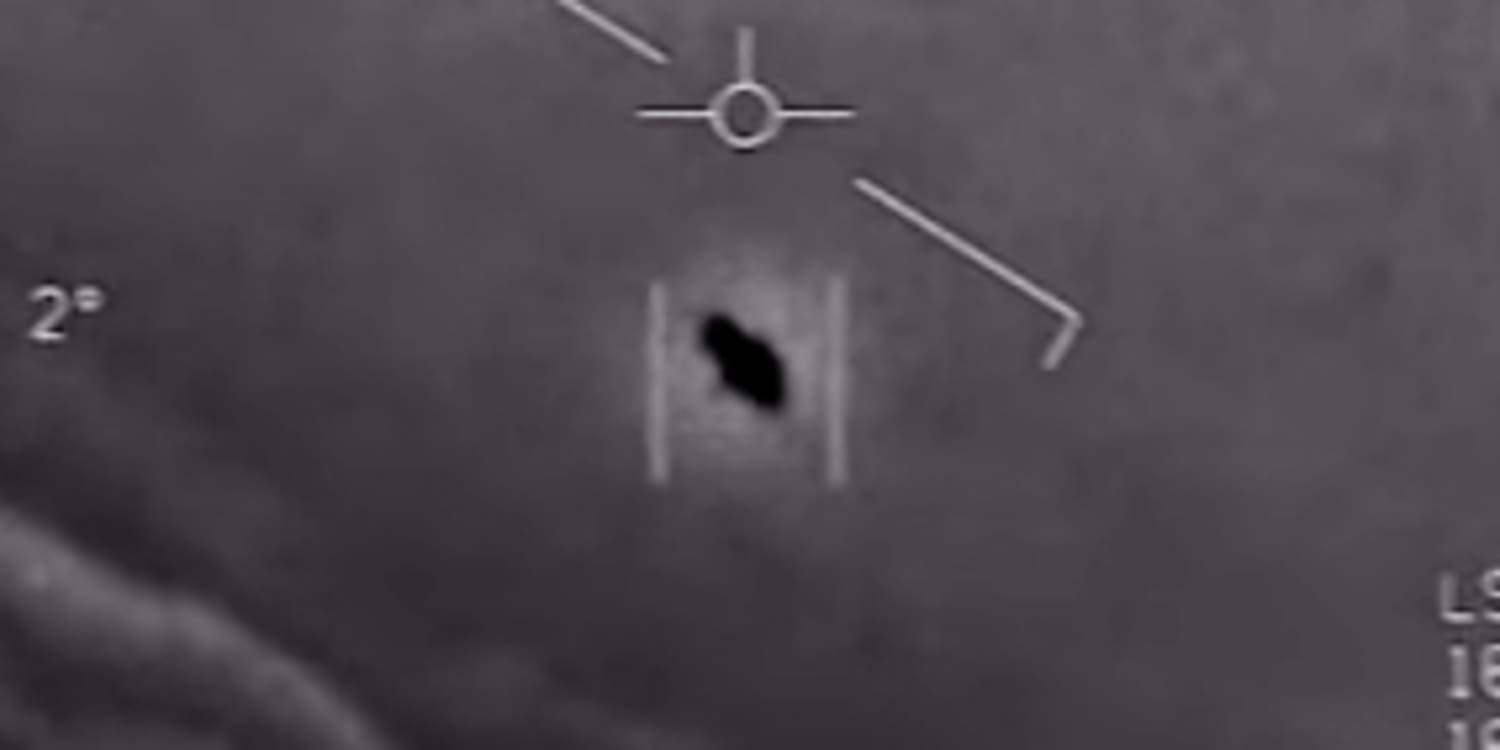An outbreak of paralytic shellfish poisoning that has sickened at least 20 people has prompted health officials to urge those who harvested mussels from a stretch of Oregon’s coast since Saturday to discard the mollusks. Officials at the Oregon Health Authority’s Public Health Division also recommend people who experience any… Continue Reading Foodborne Illness Investigations, Foodborne Illness Outbreaks, mussels, Oregon, paralytic shellfish poisoning Food Safety News
An outbreak of paralytic shellfish poisoning that has sickened at least 20 people has prompted health officials to urge those who harvested mussels from a stretch of Oregon’s coast since Saturday to discard the mollusks.
Officials at the Oregon Health Authority’s Public Health Division also recommend people who experience any symptoms of paralytic shellfish poisoning, such as numbness of the mouth and lips, nausea, vomiting, diarrhea, weakness, and in severe cases, shortness of breath or irregular heartbeat, to immediately contact a health care provider. Advice is also available by calling the Oregon Poison Center at 800-222-1222.
All 20 people who fell ill reported recreationally harvesting mussels May 25 or 26 at Short Beach near Oceanside in Tillamook County, and Hug Point and near Seaside in Clatsop County. Some of the cases have been hospitalized, but no deaths have been reported.
On May 23, the Oregon Department of Fish and Wildlife and the Oregon Department of Agriculture closed a stretch of the Oregon coast to mussel harvesting from Seal Rock State Park north to Cape Lookout because of high levels of paralytic shellfish poisoning. On Sunday, the mussel harvest closure was extended from Seal Rock State Park north to the Washington border.
“We have two messages: If you have any mussels gathered since Saturday from beaches within the area of coastline that ODFW and ODA closed to harvesting — that you are preparing for a meal or keeping in the freezer for a later time — throw them out now and do not feed them to pets,” said Emilio DeBess, epidemiologist at the Oregon Public Health Division’s Acute and Communicable Disease Prevention Section. “And if you have eaten any of these mussels and are feeling ill, see a doctor right away.”
DeBess said the recommendations only apply to mussels harvested by private individuals, not those harvested commercially and purchased in a grocery store or at a restaurant.
Paralytic shellfish poisoning is a foodborne illness caused by saxitoxins produced by marine algae and caused by eating shellfish contaminated with the naturally occurring biotoxin, including scallops, mussels, clams, oysters and cockles, as well as some fish and crabs, according to the Centers for Disease Control and Prevention. There is no antidote for the poisoning. Treatment involves supportive care and, if necessary, respiratory support.
Paralytic shellfish poisoning is the most common and most severe form of shellfish poisoning. It occurs worldwide but is most common in temperate waters off the Atlantic and Pacific coasts of North America.
Signs of illness usually appear 30 to 60 minutes after a person eats toxic shellfish and include numbness and tingling of the face, lips, tongue, arms and legs. Patients also might have diarrhea and vomiting, headache, and nausea. Severe cases are associated with ingestion of large doses of toxin and clinical features such as poor muscle control, clumsiness or slurred speech, difficulty swallowing, loose or floppy limbs, mental status changes, and respiratory failure.
Paralytic shellfish poisoning can be deadly, especially for children. Appropriate medical care can lessen the risk of death.
Shellfish poisoning can be prevented by avoiding potentially contaminated shellfish, which is particularly important in areas during or shortly after algal blooms. Marine shellfish toxins cannot be destroyed by cooking or freezing, and shellfish that carry them do not necessarily taste different from uncontaminated shellfish.
Avoid harvest and consumption of seafood from beaches with biotoxin closures.
Treatment for paralytic shellfish poisoning is symptomatic and supportive. Severe cases of paralytic shellfish poisoning might require mechanical ventilation.









